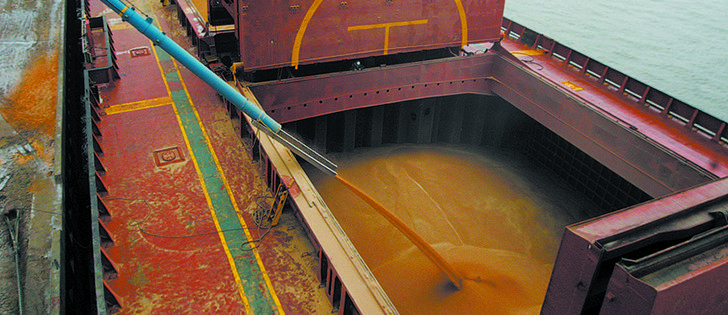What have we learned from the historic 2012 crop market rally and the 2013 aftermath?
That’s a question I asked analysts last week and the answers reaffirmed long time grain market wisdom that many forget when things get bullish.
“Short crop, long tail…,” replied Agri-Trend Marketing coach Brian Voth in response to a question on Twitter.
That same pithy, bottom line answer also came from Paul Georgy of Allendale Inc. when I called him.
“You can describe the whole thing as a short crop has a long tail,” said Georgy.
Read Also

Farm groups ask feds for export sales reporting
The Agricultural Producers Association of Saskatchewan and SaskCrops asks the federal government to create an Export Sales Reporting program.
At market peaks, like last summer at this time, many farmers and some traders become uber-bullish, seeing many reasons why prices must go higher and not seeing any way that they could reverse.
Last summer’s tight crop situation was caused by South American drought followed by a scorching, parching drought in the U.S. Midwest where corn crops shriveled in the field.
The prevailing narrative among many was: the world has booming demand for grains and oilseeds and there is not much room for consumption to fall. Therefore prices have to keep shooting higher.
Market historians didn’t tend to share that view. A couple I contacted midsummer 2012 told me that drought rallies tend to peak in mid-to-late summer and prices then tend to tail down steadily as demand slips and supplies turn out to be better than expected.
The term “A short crop has a long tail” refers to the way a small crop tends to become less small the longer the year goes on, with farmers having done better than they reported, old unreported supplies being moved into the system and consumption not necessarily working down stocks as fast as first expected.
The short crop takes a long time to pass because it’s got to drag a long tail behind it.
That certainly happened last fall, but the biggest lingering impact that the crops market is still dealing with is the impact on buyers and users, who faced super-high prices and were encouraged to consume less.
“That’s the struggle we’ve got ahead of us, getting our demand back,” said Georgy, putting demand weakness above big production as a challenge to the grains markets.
“We’ve got to get a lot of our demand bought back and that normally means lower prices.”
That’s what we’ve been seeing, especially as almost all the worries about lingering drought damage and late seeding are alleviated by widespread reports of excellent crops growing in the fields.
Everyone knows there’s a risk of damage if frost comes early, but presently crops are advancing well in most areas and each week brings them closer to the bin and reduces the amount of the crop that can be lost.
Risk management expert David Reimann of Cargill said there were lots of reasons to worry about 2013 crop production, but more reasons to think it would probably recover to “normal” levels.
“You have to remember that in agriculture there is always an attempt to repair that supply problem,” said Reimann.
“Markets really rally, which encourages more production, which happens if nature starts to co-operate.”
The drought rally of 2012 worked out the way that the historians I spoke to suggested it would.
The next crop season has worked out to be reasonably normal, which has led to much lower prices, but still good returns for farmers who get big crops.
But I imagine there are a lot of farmers still caught up in bullish thoughts who didn’t protect prices that were available for new crop back in the winter and spring.
What Reimann told me about how he looked at this year’s situation back in the winter provides some good advice for almost any year.
“How do you position yourself in case you (and the world) have an average year?” said Reimann.
In many years, especially after a big rally, normal isn’t good.
“Average yields are actually bearish.”















